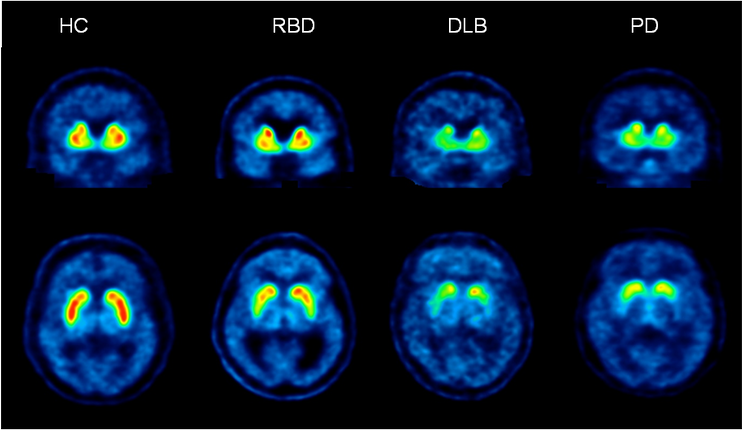Researchers at The Florey and Austin Health have shown it is possible to detect tell-tale signs of Parkinson’s disease 20-30 years before symptoms appear. Their work opens the door to screening programs and preventative treatments long before irreversible damage is done.
Florey Professor Kevin Barnham said Parkinson’s disease, a debilitating neurodegenerative condition, is often thought of as an illness of old age, when in fact it starts in midlife and can go undetected for decades.
“Parkinson’s disease is very hard to diagnose until symptoms are obvious, by which time up to 85 per cent of the brain’s neurons that control motor coordination have been destroyed. At that point, many treatments are likely to be ineffective,” Professor Barnham said.
“Our long-term goal is to find a way to detect the disease much earlier and treat people before the damage is done.”
In a study published in Neurology, lead researcher Professor Barnham and colleagues describe how a known biomarker called F-AV-133 can be used with positron emission tomography (PET) scans to diagnose Parkinson’s disease and accurately track neurodegeneration.
In the Melbourne study, Florey Professor Chris Rowe and his team at Austin Health scanned 26 patients with Parkinson’s disease, a control group of 12 people, and 11 people with Rapid Eye Movement sleep behaviour disorder (RBD) which is a strong indicator of the disease.
Each person undertook two PET scans two years apart. Key findings include:
-
no significant changes in clinical symptoms in any of the participants according to currently available assessments for Parkinson’s disease
-
by contrast, the PET scans showed “significant neuronal loss” in three key regions of the brain in individuals with the disease, suggesting F-AV-133 is a more sensitive means of monitoring neurodegeneration than what is now available.
Further mathematical modelling calculated:
-
an approximate total of 33 years’ slow neuronal loss in Parkinson’s disease
-
this loss occurs for about 10.5 years before the disease is detectable on a PET scan
-
once a PET scan is able to detect the disease, it will be a further six and a half years before the onset of motor symptoms
-
after onset of physical symptoms, there about a further three years until clinical diagnosis is confirmed
-
this equates to neuronal loss occurring for about 22.5 years before clinical symptoms are sufficient for diagnosis.
Professor Barnham said the findings open pathways to developing screening protocols for diagnosing and treating Parkinson’s disease up to 10 years earlier than is currently possible. It could also assist in identifying patients for clinical trials.
What is RBD?
-
RBD stands for Rapid Eye Movement Behavioural Disorder.
-
Individuals with RBD shout or thrash around, sometimes violently, in their sleep while acting out vivid and unpleasant dreams.
-
RBD is caused by a lack of muscle atonia (sleep paralysis).
-
90 percent of people with RBD will develop a parkinsonian condition.
-
Half of people with Parkinson’s have RBD.
-
RBD is a significant warning sign for early Parkinson’s disease.
-
If you have RBD, see a sleep specialist and/or a neurologist.
About us:
The Florey is Australia’s leading brain research institute with a focus on improving the lives of people with neurological and psychiatric conditions. The Florey’s research missions are centred around dementia, epilepsy, mental health and developing ways to protect and repair the brain. These missions are strengthened by The Florey’s expertise in neurotherapeutics, neuroimaging, synaptic biology and systems neuroscience. With 600 researchers, The Florey is the largest research centre of its kind in the southern hemisphere. Find out more about us on our website: www.florey.edu.au


